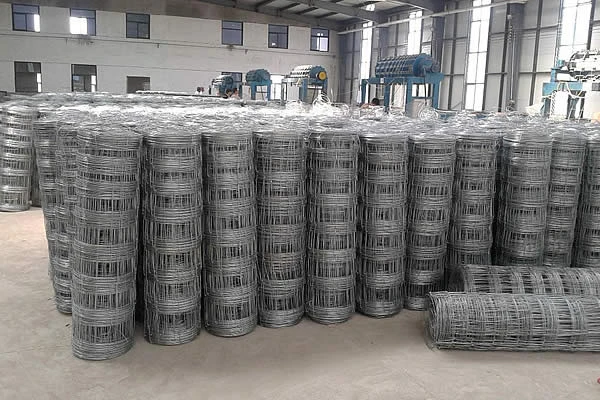 TEL:
+86-13102802206
TEL:
+86-13102802206
 Email:
fencenetting@china.com
Email:
fencenetting@china.com
 Language
Language
 TEL:
+86-13102802206
TEL:
+86-13102802206
 Email:
fencenetting@china.com
Email:
fencenetting@china.com
 Language
Language


The Versatility and Strength of Stainless Steel Rope
When it comes to durability, strength, and corrosion resistance, few materials can compete with stainless steel. Stainless steel rope has become a popular choice in various industries due to its impressive mechanical properties and resistance to environmental factors. This article explores the versatility of stainless steel rope, its applications, benefits, and why it has become a go-to solution for both industrial and recreational uses.
What is Stainless Steel Rope?
Stainless steel rope, often referred to as wire rope, consists of multiple strands of stainless steel wires twisted together. This design allows for excellent tensile strength while maintaining flexibility. The most common types of stainless steel used in these ropes include 304 and 316 grades, with 316 being more resistant to corrosion, especially in marine environments. The choice of stainless steel grade depends on the intended use and specific environment, as each offers varying levels of protection against rust and wear.
Applications of Stainless Steel Rope
The applications of stainless steel rope are vast and diverse, making it an essential component in various sectors
1. Marine Industry Stainless steel rope is extensively used in maritime applications for mooring lines, rigging, and safety harnesses. Its resistance to saltwater corrosion makes it ideal for shipbuilding, fishing, and other nautical purposes.
2. Construction In construction, stainless steel ropes serve as support cables for structures, lifting equipment, and safety barriers. Their strength allows for the safe lifting and securing of heavy materials, particularly in skyscraper construction and maintenance.
3. Outdoor and Recreational Activities For outdoor enthusiasts, stainless steel rope is often used in climbing gear, zip lines, and other adventure sports. The strong, yet lightweight nature of the rope ensures safety while allowing for an enjoyable experience.
4. Architectural Applications Architects utilize stainless steel ropes in designing aesthetically pleasing tension structures, such as canopies and facades, which require high strength and corrosion resistance.

Benefits of Using Stainless Steel Rope
The advantages of stainless steel rope are numerous, making it a superior choice over other materials
- Corrosion Resistance One of the standout features of stainless steel is its ability to resist corrosion, ensuring a longer lifespan even in harsh environments.
- High Strength-to-Weight Ratio Stainless steel ropes are incredibly strong, allowing for significant loads to be lifted or secured without adding excessive weight.
- Durability The inherent properties of stainless steel make it resistant to wear and tear, retaining its structural integrity even under challenging conditions.
- Aesthetic Appeal The sleek, shiny appearance of stainless steel adds an attractive element to various applications, making it suitable for both functional and decorative purposes.
- Low Maintenance Stainless steel ropes require minimal maintenance compared to other materials, as they do not need frequent replacement or repair due to their robust nature.
Conclusion
In summary, stainless steel rope stands out as a remarkable material capable of fulfilling diverse needs across a variety of industries. Its combination of strength, flexibility, and resistance to corrosion makes it an ideal choice for challenging environments, whether in the depths of the ocean, the heights of skyscrapers, or in the great outdoors. As industries continue to seek reliable and durable materials, the demand for stainless steel rope is likely to persist, attesting to its essential role in modern engineering and design. Whether you are an industrial engineer, an outdoor adventurer, or a construction worker, stainless steel rope is undoubtedly a reliable ally in achieving safety and efficiency in various tasks.